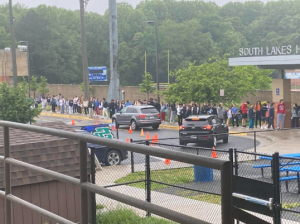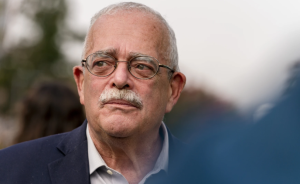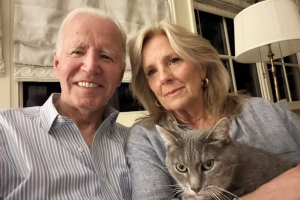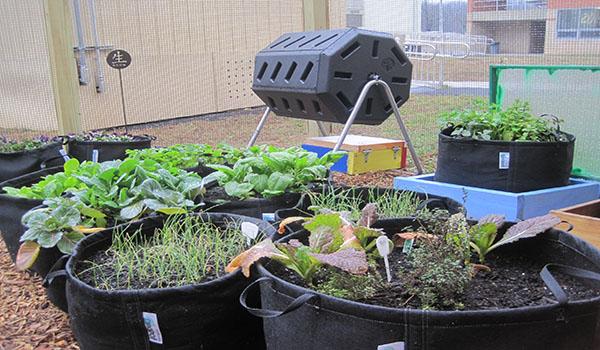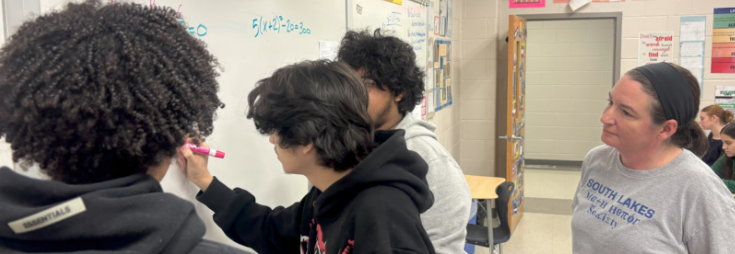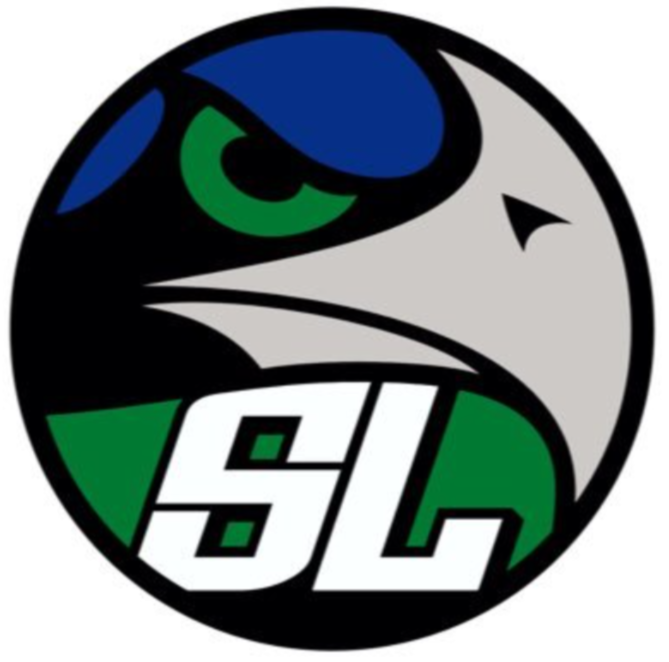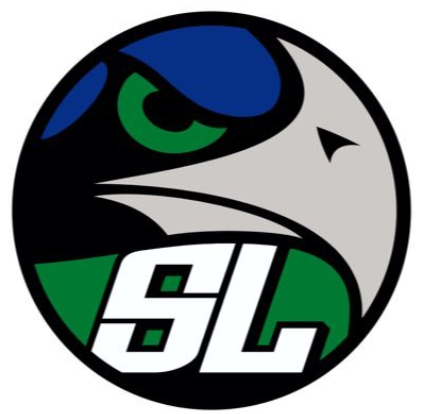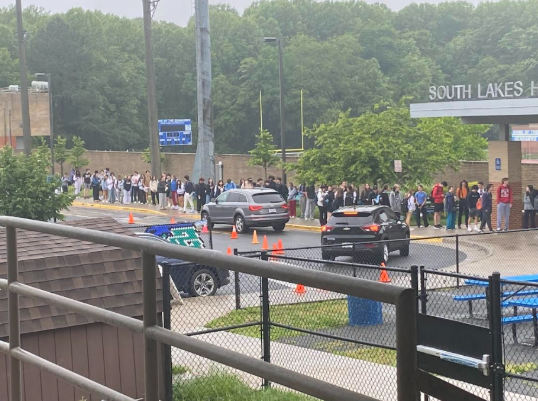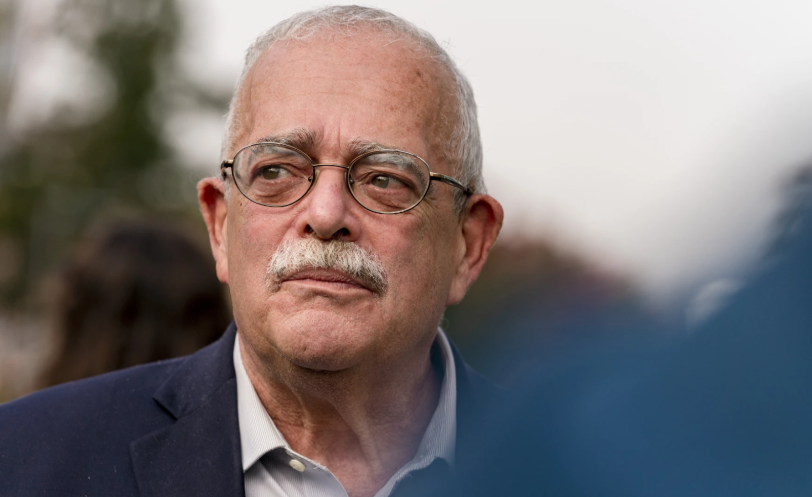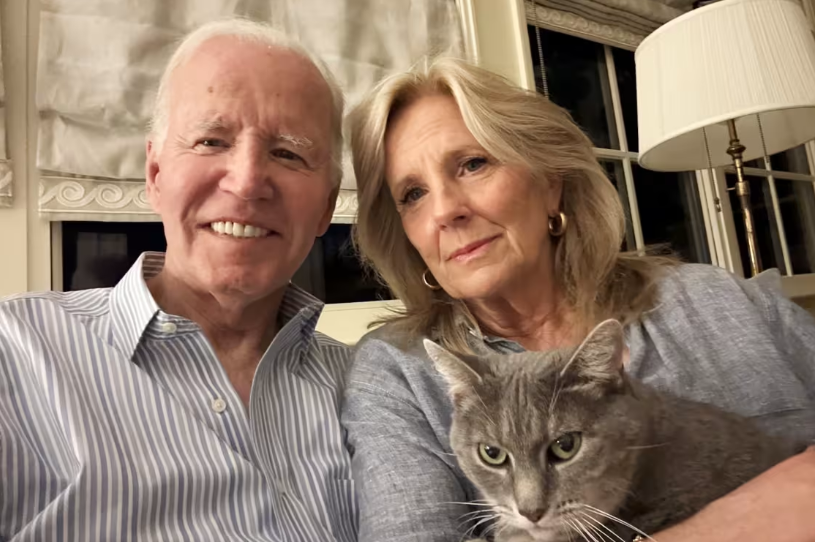The South Lakes Teaching Garden, which was built in late September, is an instrument that the founders of the garden hope will liven up the school building as well as provide a creative device for parents, teachers and students.
One of the garden’s top contributors, Seahawk parent Monica Russ, expressed hope that teachers would find ways to benefit from the green plot.
“We’d really like to encourage the teachers to get involved a little bit more,” Russ said. “The idea is that we would like to interest more teachers in what we’re doing.”
Russ cited examples of ways the garden could be a tool for students. She stated that it would be helpful if some art or shop students create a sign, make bird houses, or paint the fencing posts that surround the garden.
“Chemistry could do things such as soil pH and photosynthesis,” Russ said.
Russ elaborated saying that the floor was open to teachers that had ideas on how they could use the teaching garden.
Unlike the typical garden, the teaching garden is a container garden with the plants housed in collapsible containers in contrast to being planted in the actual earth for reasons including the high clay concentration in Virginian soil and cost.
A push by several groups, including PTSA, to develop a garden at South Lakes had been active for five years. Neighboring school, Terraset Elementary, already had a teaching garden for some time before South Lakes.
“There are lots of schools that have a garden resource,” biology teacher Jenny Holah said. “Former Principal Bruce Butler was really interested in trying to start one.”
Russ, who owns a gardening business, was approached by the PTSA to aid the school in building a teaching garden. The school acquired money from a $1,600-grant backed by Whole Foods Market and built the garden within a volunteer weekend.
“All of the posts (surrounding the garden) go three feet into the ground,” said Russ. “We had very dedicated volunteers who dug up all those holes, put the posts in, and put the screening around on Saturday. On Sunday we had volunteers who came in and put down a weed block material in the ground.”
Although there is a plea for teachers to use the teaching garden, many students and parents are also called upon to get involved with the project.
Maureen Becker, an ESOL teacher who uses the garden as a unique nontraditional teaching resource, stated that the garden is for everyone: teachers, students, and parents.
“We need somebody to maintain it all summer long when we’re not in school,” Becker said. “We need people to weed it. We need people to eat the food and students and parents would be great for that.”
Anyone interested in contributing to the maintenance of the garden may contact Russ at [email protected]



